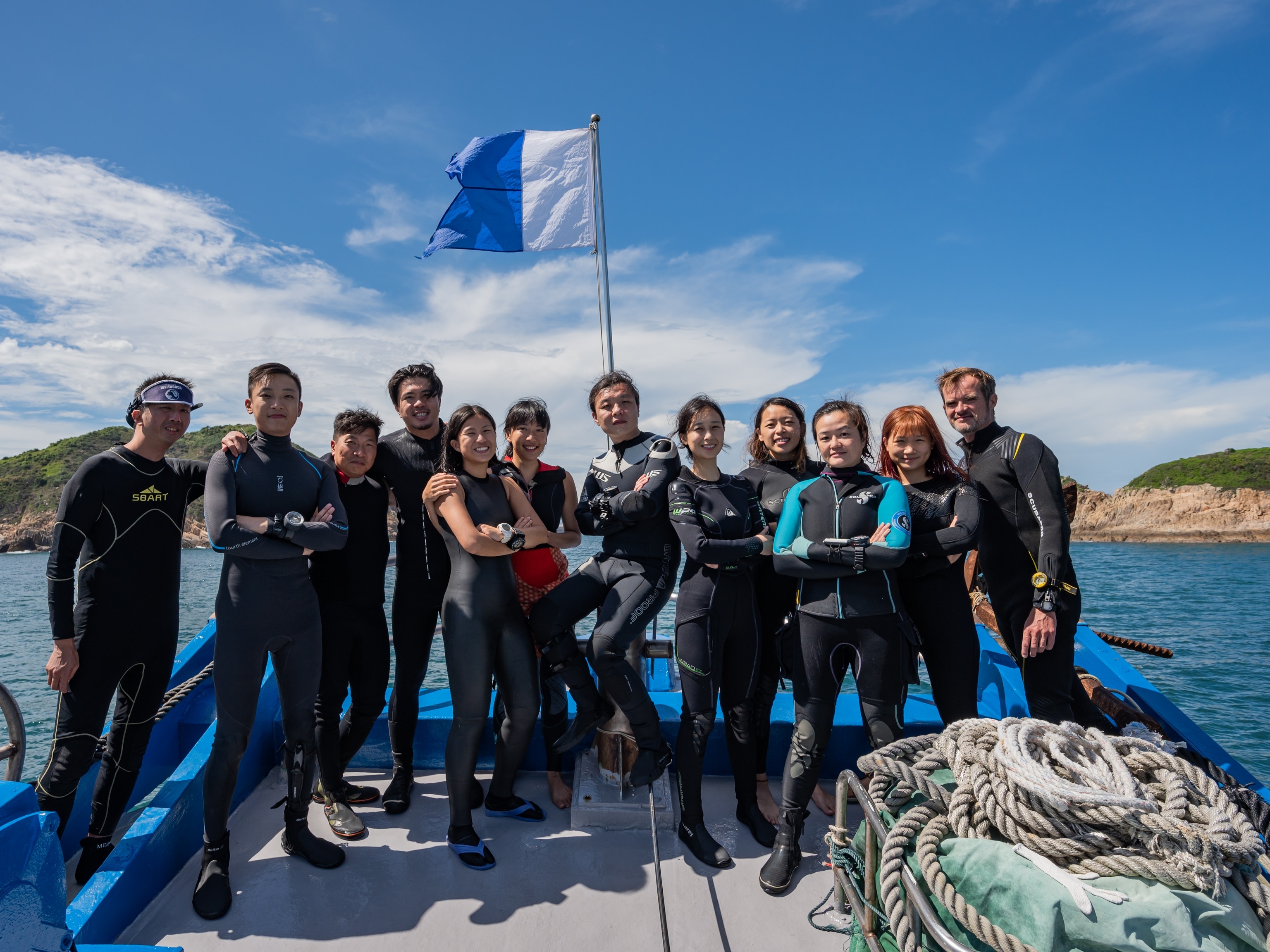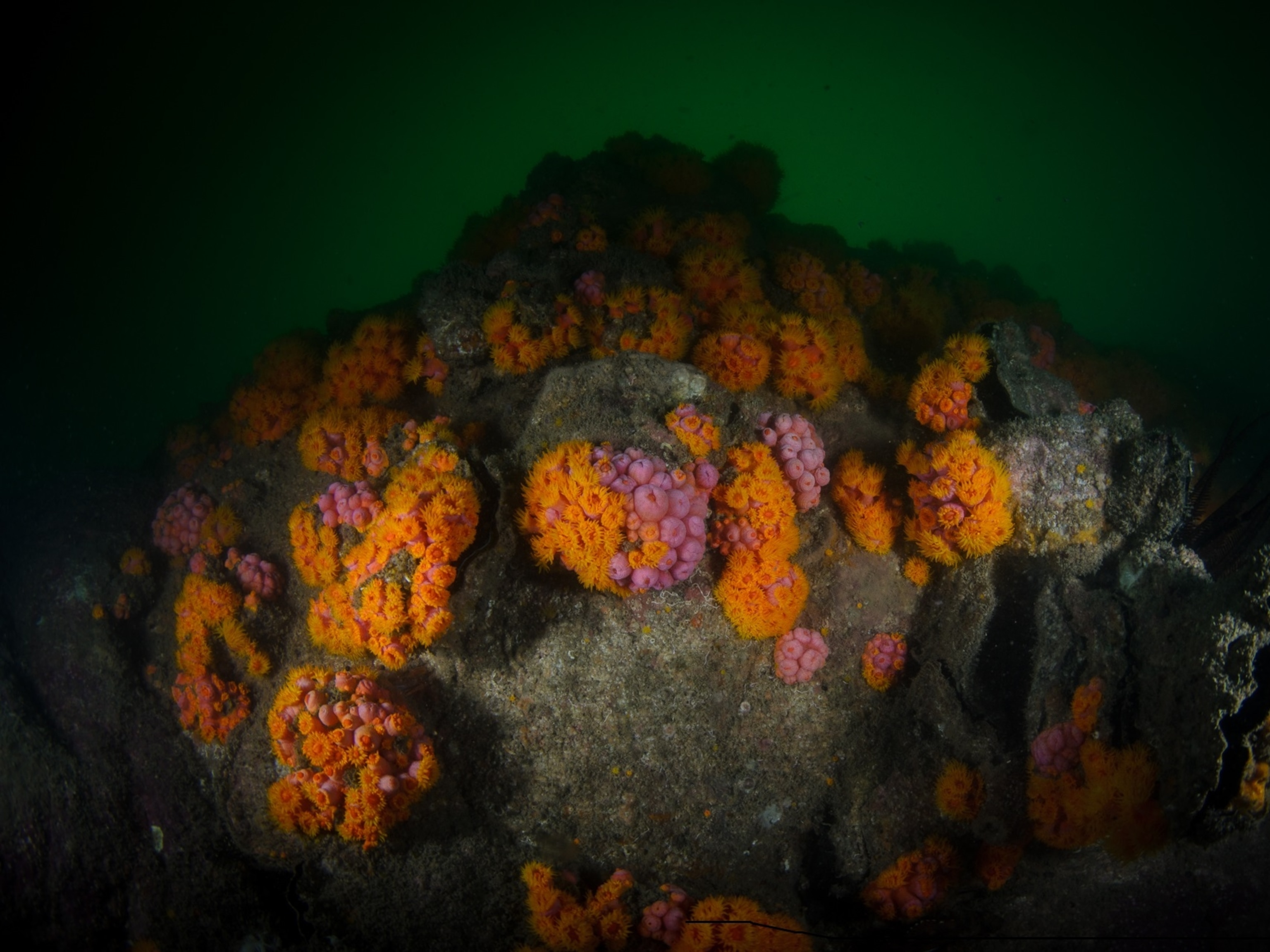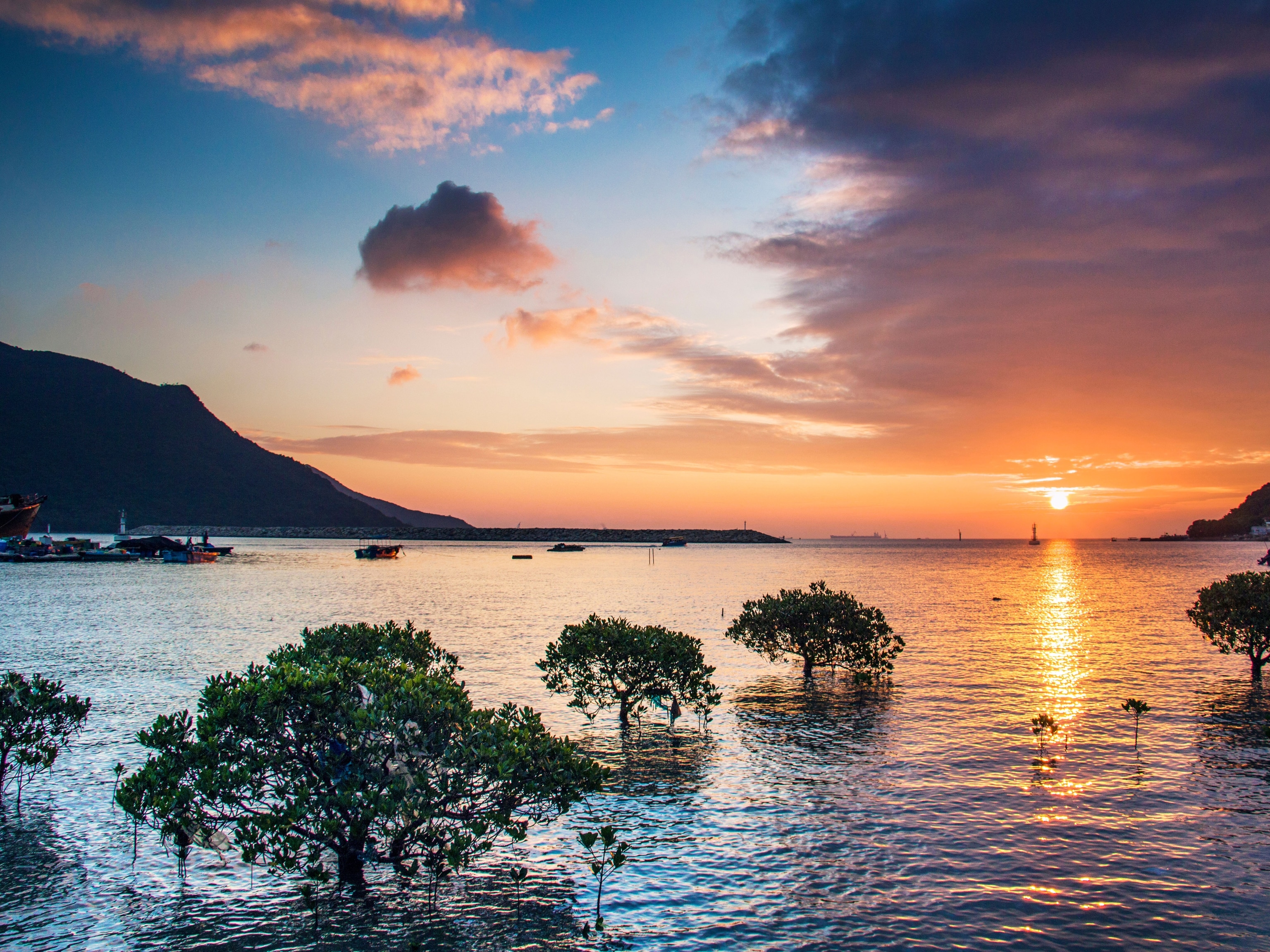Experts weigh in on how to save Hong Kong’s marine life
Damaged by decades of human activity, Hong Kong’s rich marine ecosystem requires concerted conservation efforts if it is to recover and flourish.
From large marine mammals such as dolphins and porpoises to an array of fishes, crustaceans and coral species, the range of sea-life found in Hong Kong’s waters is as captivating as it is diverse. But for many of the approximately 6,000 species that comprise the territory’s marine ecosystem, life is getting harder year after year. Affected by overfishing, heavy boat traffic, various forms of pollution, and habitat loss caused by coastal development, a growing number of creatures that once boasted healthy populations are now classified as vulnerable or endangered, while others can no longer be found in the HKSAR at all.
Diversity in Danger
One such species is the Bahaba taipingensis, also known as the giant yellow croaker or yellow-lipped croaker. Endemic to China, the bahaba was once commonly found in the Pearl River estuary, with spawning grounds in Hong Kong, but is today critically endangered. Patrick Chan, former Chairman of the Hong Kong Chamber of Seafood Merchants, says that overfishing and destruction of breeding grounds are key factors in the decline of the bahaba and other fish species.
“The bahaba is valuable because its swimming bladder is a traditional Chinese medicine,” says Chan, explaining that one dried catty [600g] of bahaba swimming bladder can fetch up to HK$1 million. “With such high returns, all fishermen are keen to catch this fish.”

The bahaba is just one of many once-important commercial species that are now threatened. Populations of longtooth and Hong Kong groupers, Chinese horseshoe crabs, tuskfish, Napoleon wrasse, seahorses and various types of shark, among many others, have all declined, with some species disappearing completely from local waters. These species are threatened by overfishing and an overall lack of management of Hong Kong’s marine environment.

According to WWF figures, Hong Kong has the second-highest per-capita seafood consumption in Asia, and is the world’s eighth-largest seafood consumer. This has been another major factor in the territory’s dwindling fish numbers and the city’s impact on fisheries elsewhere. National Geographic Explorer and Marine Programme Director at oceanic-conservation NGO Bloom Association Hong Kong, Stan Shea illustrates the extent of the problem: “Records show that, decades ago, Hong Kong had such high yields of seafood that it supported 90% of local demand. Today, at least 90% of the seafood we eat has to be imported as our waters are so overfished they can no longer support the local appetite.”

But it is not only commercially fished species that are threatened. The only marine mammals found in Hong Kong waters, Chinese white dolphins and finless porpoises are currently classified as vulnerable globally, and both have seen their numbers decrease locally in recent years. Taison Chang, Chairman of the Hong Kong Dolphin Conservation Society, says that the white dolphin population dropped by more than 75% from 2003-2018 (from 188 to 32), albeit with a slight rebound to 52 in 2019—numbers so low that they seriously compromise population viability. Finless porpoises are also in decline, with marine conservation organization OceansAsia reporting that a record 43 dead porpoises, from an estimated population of around 200, were found washed up on Hong Kong beaches in 2019.

Chang cites pollution, boat traffic collisions, fishing net entanglement and coastal development as some of the major threats to these species. Without significant action, Chang says that both species may disappear from the HKSAR in the foreseeable future, and that, as they are at the top of the food chain, “their decline reflects a systemic failure in the marine ecosystem.”

Action for Oceans
Though much damage has already been done to Hong Kong’s marine ecosystem, the experts stress that much of it is not irreversible, and that increased conservation and management efforts can still make a huge difference.
Chang says that the government’s banning of trawling vessels in 2012, expansion of marine protected areas, and provision of training programs for the fishing industry, among other measures, are all steps in the right direction, but he estimates that it would require a complete ban on all commercial fishing in Hong Kong waters for two to three years to allow fish populations to meaningfully recover—a measure that seems unlikely at present.
Another option is to encourage consumers and businesses to make more sustainable choices in their seafood consumption, retailing, and trade—something WWF Hong Kong and the Hong Kong Sustainable Seafood Coalition (HKSSC) are trying to achieve with their work and latest campaigns. Dr Laurence McCook, Head of Oceans Conservation at WWF Hong Kong, says the aim is to not only make sustainable choices more readily available, but to help people identify those choices more easily. Ultimately, however, he says that this strategy can only be successful if enough people participate to make it scalable, and thus economically attractive—and that businesses have to help by making sustainable options more readily available to the public.

“We need to create enough demand driven by a commitment to sustainability that is profitable for companies to market in a credible, accountable way,” says Dr McCook. “But ideally we generate a situation where that is also cheaper, because the assumption that environmental sustainability and environmental responsibility are more expensive is only ever true because we fail to take into account the true costs [of unsustainable consumption].”
In addition to more sustainable fishing practices, retailing, and consumption the experts all point to the acute need to reduce our reliance on single-use plastics. The widespread dependence on polystyrene foam boxes in the seafood industry is a particularly serious issue, but plastic use is something that also needs to be urgently addressed at both a consumer and a corporate level. Highlighting the impact that small changes made by large businesses can have, Dr McCook explains that, through WWF’s Plastic ACTion (PACT) initiative, two of Hong Kong’s largest online food delivery companies sizably reduced plastic use simply by making customers tick a box to request disposable cutlery rather than including it automatically. In this one action, says Dr McCook, “They have made vastly more impact than I’ve had in four decades of doing my best [to minimize plastic use].”
Indeed, Dr McCook believes that it is only by making sustainability good for business and good for the economy that we can truly hope to effect lasting change—and that Hong Kong can learn a lot from China’s national initiatives in this sphere. “The Chinese government at the national level has a really strong commitment to eco-civilization,” he says. “That includes an awareness of the economic value of healthy, natural ecosystems for people.” If the level of commitment can be fulfilled—and replicated in Hong Kong—the impact would be substantial.
Ultimately, as Shea concludes, when it comes to conservation, “There is no silver bullet solution. Everyone has a role to play—we need NGOs to spread the message, support from the general public, businesses to incorporate conservation and sustainability ideologies into their practices, and the government to take initiative. We need to put effort every day into bringing marine conservation to the top of our agendas.”

Find out how to preserve Hong Kong’s marine biodiversity at Oceans Tomorrow.




